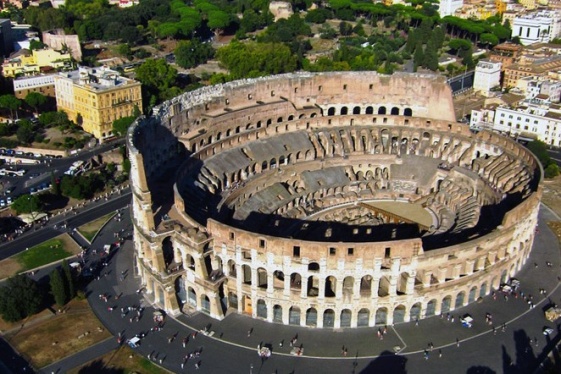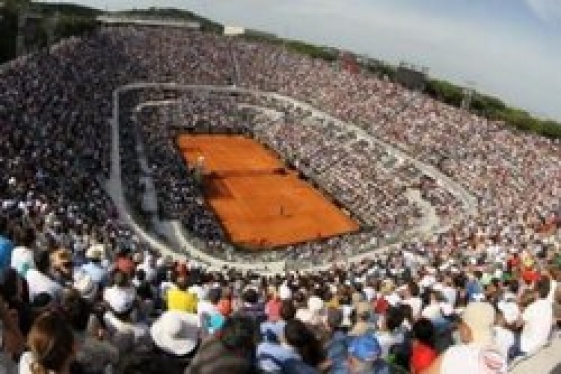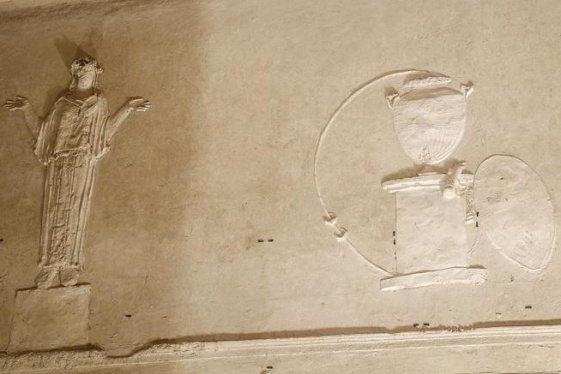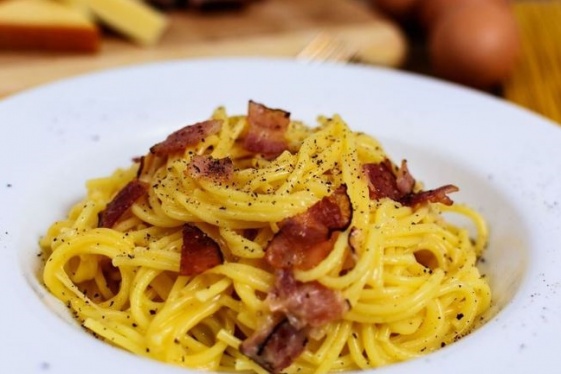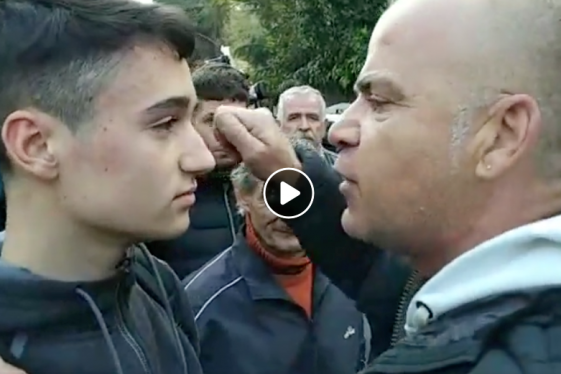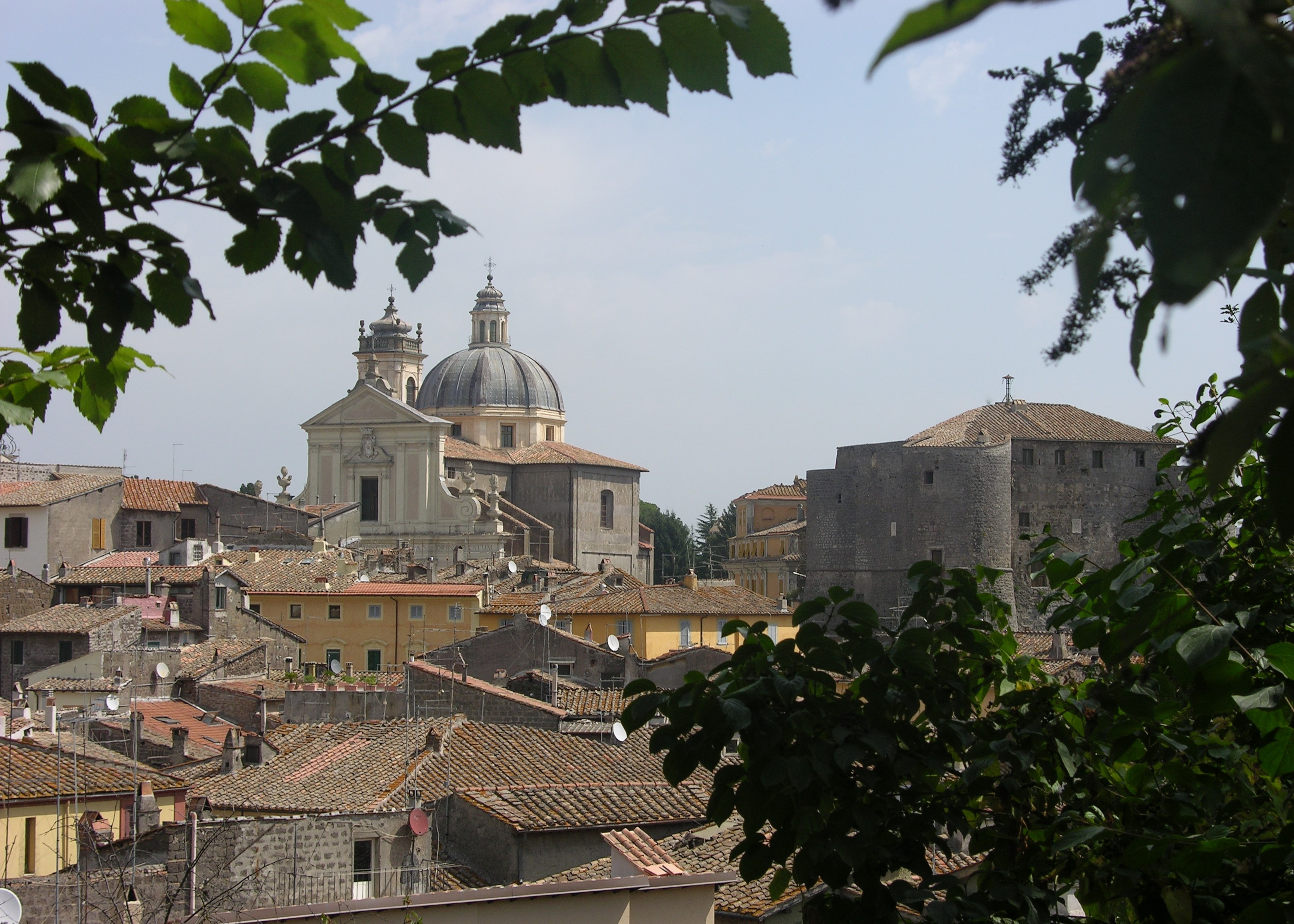

Ronciglione (Viterbo, Lazio) is the Borgo dei Borghi of 2023: the Lazio municipality won Rai's traditional Easter competition reserved for 20 villages, one for each region. Ronciglione, the candidate for Lazio, triumphs ahead of Sant'Antioco (Sardinia) and Salemi (Sicily) and in the roll of honor follows Soave (Veneto), which had won in 2022.
Perched in the southern hills of the Cimini Mountains, Ronciglione is one of the main centers of Tuscia. First mentioned in 1103, the town was probably founded in the 11th century (the foundation date may be 1045). Beginning in 1526 it came into the possession of the Farnese family, who held it until 1649 and under whom it spent its period of greatest splendor, experiencing an important urban expansion.
Some of the village's main attractions, such as the Fontana Grande, Porta Romana, the Church of Peace, and the Mint Palace, are from this period. The 1671 cathedral, on the other hand, is baroque: inside there is a polychrome marble altar with an altarpiece by Giuseppe Ghezzi depicting the Madonna of the Rosary, and then again a 15th-century triptych by a Viterbo painter, a painting of the Assumption, and a wooden statue of St. Bartholomew, patron saint of Ronciglione.
It is not known where the name comes from: probably from the fact that the town stands on a rounded cliff (rotondus or rondus cilio, hence "Ronciglione"). For centuries it was one of the most active centers in the area, home to manufactures in which iron, paper and ceramics were worked. It was also iportant typographic center, especially in the seventeenth century (here Alessandro Tassoni's Secchia rapita and Torquato Tasso's Aminta were printed for the first time), as well as literary, being moreover the seat of numerous academies (that of the Desiderosi, the Accademia Cimina, the Accademia Erculea and others). Finally, in 1728, it assumed the title of City under Pope Benedict XIII.
Because of its well-preserved medieval center, Ronciglione has been the setting for countless films and television series (among many, it is enough to mention L'armata Brancaleone). Among the main monuments to visit are the ancient Rocca, which was the seat of the Farnese family, the Palazzo Comunale, the Fontana Grande, the 17th-century Cathedral of Saints Peter and Catherine designed by Carlo Rainaldi, the very ancient church of Sant'Andrea of which remains, the small Romanesque church of Sant'Eusebio, the scenic Santa Maria della Provvidenza, and the Porta Romana built in 1618 by Odoardo Farnese, a sort of symbol of the village. Also worth visiting is the House Museum of the Venerable Mariangela Virgili, where the Carmelite tertiary lived and about whom a beatification process is underway. Unmissable then, in the surroundings, is a walk to nearby Lake Vico.
You may be interested
-
Exciting Palatine. Interview with Clementina...
You can tell she fills with excitement when she has the chance to show an important archae...
-
Italian Open's History and Records: A tale o...
For Italians, and Romans in particular, the Open is not just a tennis tournament where cha...
-
'Basilica of Mysteries' reborn in Rome
The so-called 'Basilica of the Mysteries' has been reborn in Rome. The basilica, one of th...
-
'Carbonara Day' celebrates famous pasta dish
On Friday, April 6, the world will celebrate "Carbonara Day", an occasion launched by the...
-
'Gladiators' bring Roman flavor to R.I. polo
As thousands of sharply dressed spectators converged on the turf of Newport International...
-
'Hot priests' grace Rome's calendar
It is officially called the Calendario Romano, or Roman Calendar. But on the streets of Ro...
-
'No one should be left behind': Italian teen...
A 15-year-old boy, known as Simone, has become an overnight internet sensation after stand...



